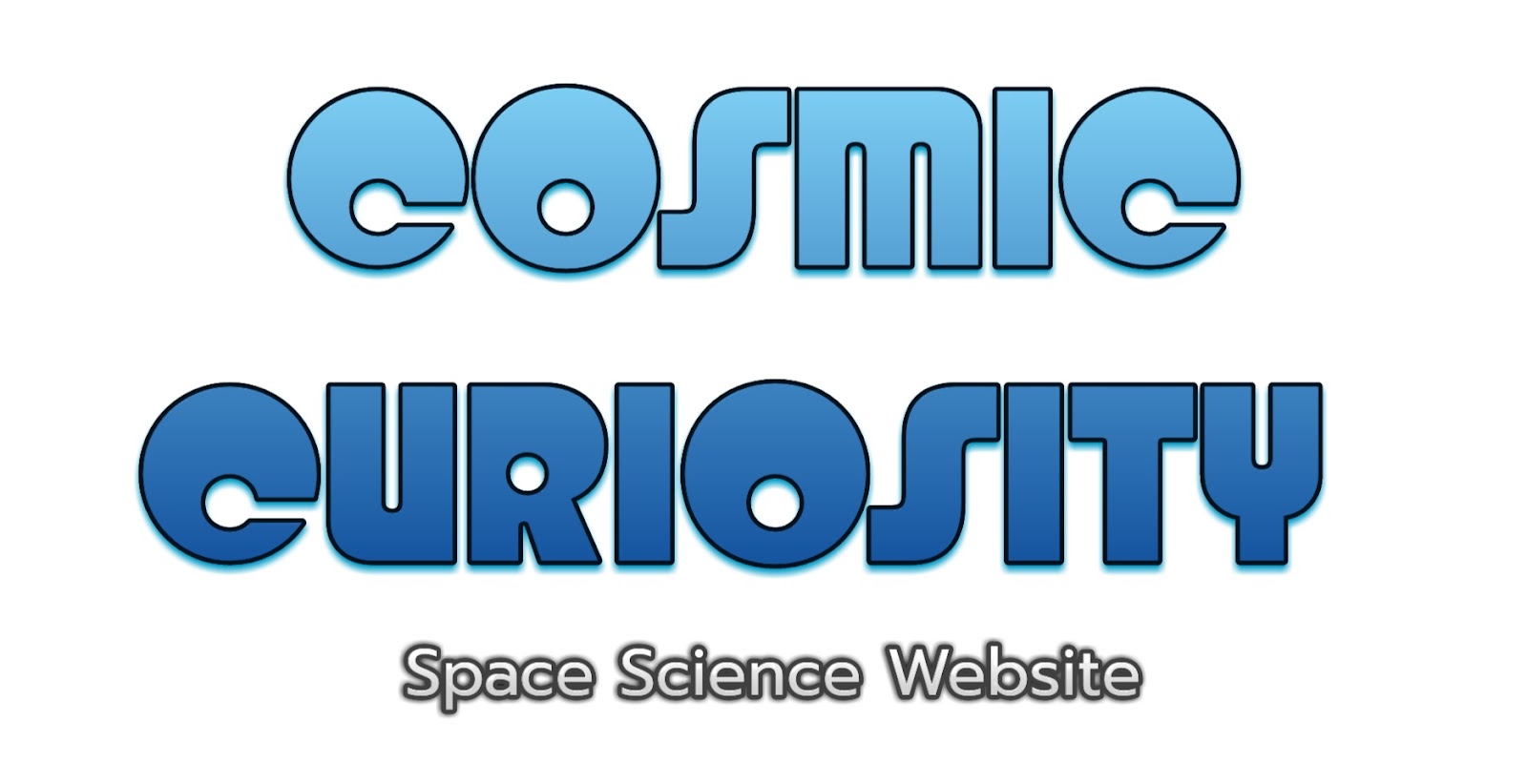Callisto: A Moon.
 |
| Callisto: A Moon. |
Callisto: A Moon.
A
Visually stunning Moon of Jupiter Is Callisto
One
of Jupiter’s four Galilean moons, Callisto was discovered by Galileo Galilei in
1610. It is located about 1.88 million miles (3.02 million km) from Jupiter and
is the third-largest moon in our solar system after Ganymede and Titan. The
fascinating moon Callisto has piqued the attention of the both space fans and
scientists owing to its unique characteristics. We will examine Callisto’s
features and mysteries in this article.
Includes
of the skeleton
With
such a diameter of 2,986 miles (4,805 km), Callisto is around Mercury’s size.
With a residue of frozen carbon dioxide, it is primarily made of stone and
water ice. Even though to its incredibly low density, Callisto likely has a
significant amount of inner voids.
The
highly cratered surface of Callisto is one of its most striking
characteristics. Callisto is believed to have one of the solar system’s oldest
surfaces, with an age of more than 4 billion years. Significant geological
activity, including as tectonic deformation and impact-induced fracturing, has
also transpired on the moon.
Callisto’s
Environment
Its
atmosphere of Callisto is very cloudy and primarily made of carbon dioxide. As
the atmosphere is so thin, the phrase “exosphere” is commonly used to describe
it. It is claimed that the moon’s surface, where carbon dioxide is released
through processes such sublimation, acts as the main source of a atmosphere.
Callisto’s
thin atmosphere has significant effects on the moon’s potential to support
life. Even though an atmosphere is a requirement for life as we know it, the
atmosphere of Callisto is not dense enough to give any radiation protection or
heat storage.
Electrical
Field
Among
the Galilean moons, Callisto is unusual in that it has a powerful magnet. The
lack of a magnetic field on the moon is thought to be caused by the absence of
a molten core, which is required to produce a magnetic field. Besides that,
Callisto is now more open to Jupiter’s radiation environment, which could be
harmful to any possible life forms on the moon.
Juno
Callisto
The
Jovian system has already been visited by a number of missions, including
several flybys of Callisto. Galileo, a NASA mission, orbited Jupiter in 1997
and regularly flew by Callisto, giving us high-definition images and extensive
information about the moon’s geology and surface.
There
are plans for future missions to Callisto as well as further exploration of the
Jovian system. These missions may give us even more in-depth information on the
geology and potential for life on the moon.
Conclusion
The fascinating Jupiter moon Callisto does have a surface that is heavily cratered and an atmosphere that is mostly made of carbon dioxide. Its low atmospheric density and absence of a strong magnetic field make it less conducive to life than some of the other moons in the Jovian system. Callisto is an attractive target for future space missions since more investigation might help us comprehend the moon’s geology and potential for supporting life.






No comments